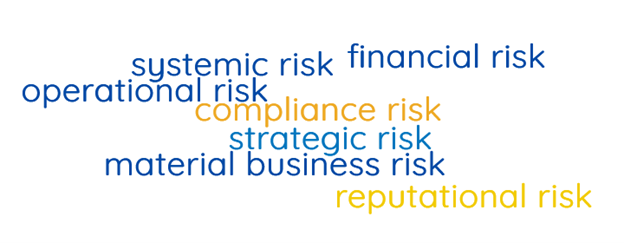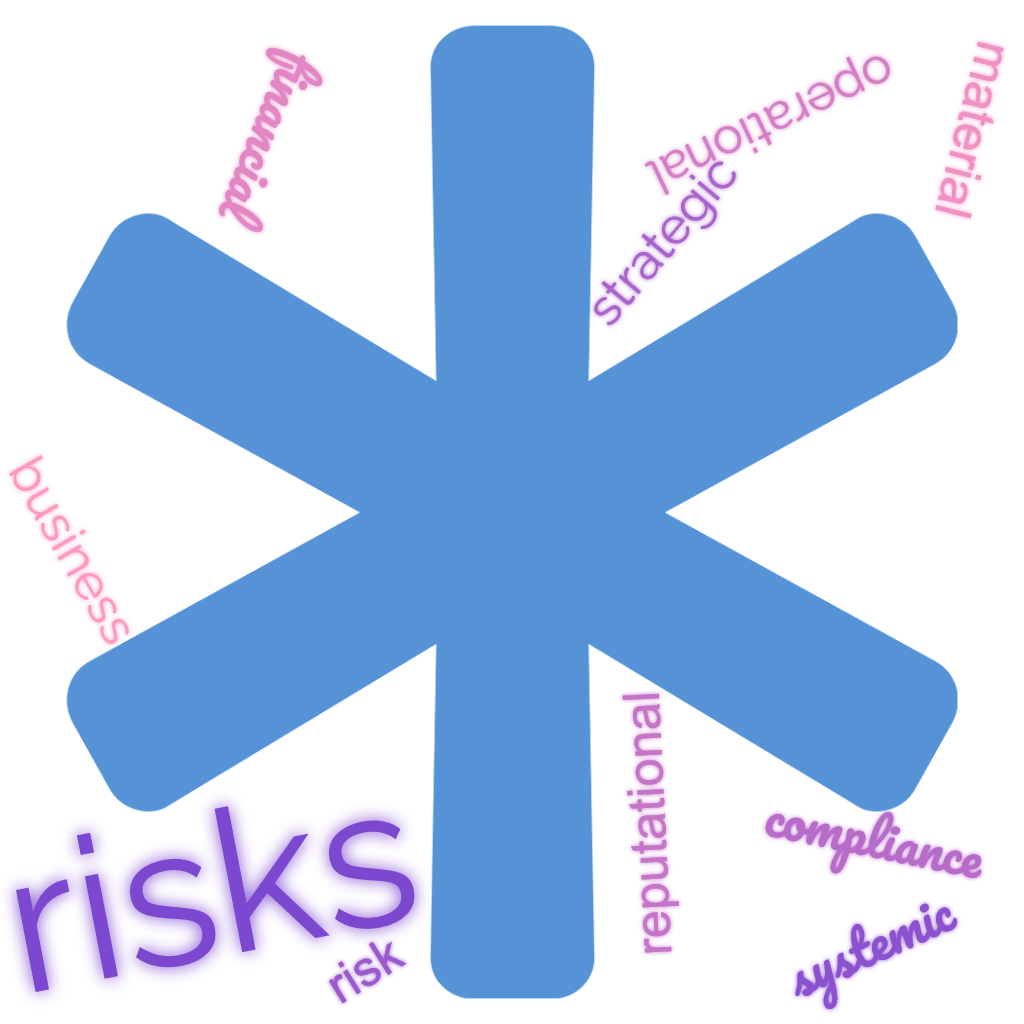Risk Management
Risk Categories and Relationships

Understanding Types of Risks and Their Complex Relationships
Living in our constantly evolving and interconnected world means that risks are an unavoidable aspect of life. Whether in personal pursuits, business ventures, or societal decisions, it’s essential to comprehend the various types of risks and their complex relationships to make informed choices and create successful risk management tactics. We’ll examine risk categories and relationships management, and how they frequently interconnect, influencing each other unexpectedly.
Financial risks
Financial risks can cause losses due to market instability, credit defaults, or limited liquidity. They impact economies, investors, and businesses, leading to a liquidity crisis and debt default. This affects the overall economy.
Reputational Risks
Reputational risks are harmful to an individual or organization’s credibility. Social media and instant communication can spread them quickly, leading to financial losses and loss of trust. Negative tweets or viral posts can severely impact a brand’s image, making it hard to attract customers and talent.
Operational Risks
Companies face various operational risks, like tech issues, supply chain problems, employee errors, and fraud. It’s vital to manage these risks to protect the company’s reputation. Cybersecurity measures are essential to prevent customer data breaches, which can lead to lost customers and financial loss.
Compliance Risks
Non-compliance can lead to legal penalties, fines, reputation damage, data breaches, financial losses, and legal problems.
Systemic Risks
Systemic risks can affect entire systems, sectors, or economies. Events like global financial crises or pandemics can trigger them, and they can escalate and interact with other threats. This can cause cascading effects throughout interconnected entities.
Strategic Risks
Long-term decisions and plans can be risky for organisations. Poor choices can lead to financial losses, inefficiencies, and loss of competitiveness. Considering uncertainties is crucial when making strategic decisions.
Relationships between Risks
To effectively manage risks, it is essential to comprehend risk categories and relationships management, how various risks interact and form intricate relationships.

Risk Diversification
Diversification plays a crucial role in managing risks. It involves distributing investments or operations across various sectors and regions, which helps to minimise the impact of any single risk on the overall portfolio.
Risk Mitigation Synergy
Focusing on one risk can benefit other areas as well. For example, by implementing effective cybersecurity measures, the risk of data breaches can be minimised, which in turn helps to reduce potential damage to reputation and finances.
Risk Amplification
Multiple risk factors should be addressed simultaneously as they can compound and lead to adverse outcomes. A natural disaster, for example, can simultaneously result in operational disruptions, financial losses, and reputational damage.
Risk Trade-offs
In some cases, mitigating one risk might increase exposure to another. For instance, riskier investments may yield higher returns and increase financial risks.

